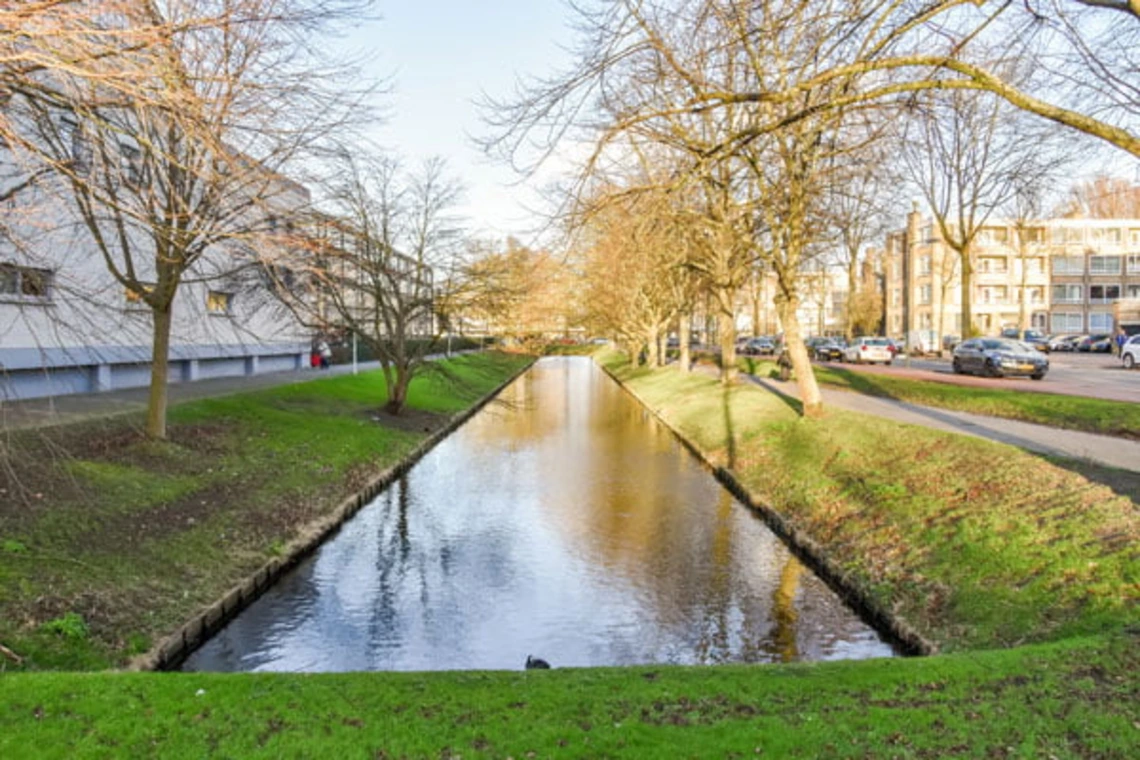Stormwater University

When
Speaker(s)
n most cases, once green stormwater infrastructure (GSI) practices are constructed, they are presumed to function as intended with little to no follow-up monitoring on effectiveness. While it can be costly to monitor GSI performance, carefully planned monitoring studies provide insight not only into how an individual GSI facility performs, but also into design criteria that can be applied to improve performance at a regional scale. Understanding in detail how runoff moves through GSI stormwater control measures (SCMs) such as swales, buffers, and bioretention facilities, allows engineers to understand whether or not the SCM is functioning as intended and provides insight into how SCM performance can be improved through relatively minor adjustments to design criteria.
This webinar will start with an overview of GSI practices and performance data in the International Stormwater BMP Database. While the BMP Database contains hundreds of studies on how SCMs perform, there is wide variability in performance data and in many cases, the data providers do not provide sufficient design information to tie performance to specific design criteria. The webinar will then present two case studies of GSI monitoring that provide insights into how SCMs function and how adjustments to design criteria can potentially enhance effectiveness of GSI. The case studies will include a study completed in early 2024 of infiltration benefits of receiving pervious areas including grass swales with underdrains, vegetated buffers, and infiltration basins and a study from 2022 related to interception of rainfall by urban tree canopies. The presenters will discuss how the results of these case studies can help to shape GSI design criteria.

